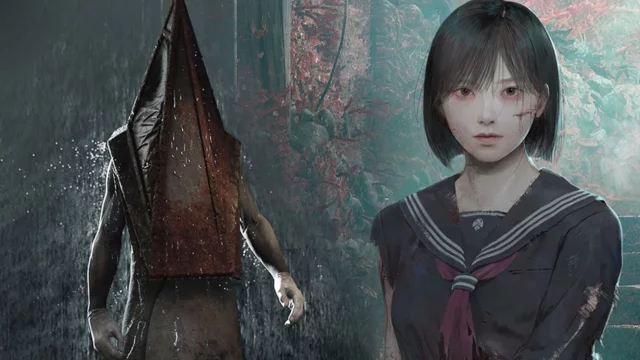A recent development in China has fueled concerns about the potential of generative AI to replace human jobs. Bluefocus Intelligent Communications Group Co., one of the country’s largest media and public relations companies, is planning to replace its external copywriters and graphic designers with generative AI models. With industry giants potentially following suit, the future of work in the creative industry is becoming uncertain.
AI taking over creative roles
Bloomberg News reported that an internal staff memo revealed Bluefocus Intelligent Communications Group Co’s plans to replace external staff with generative AI. The memo stated, “To embrace the new wave of AI-generated content, starting today we’ve decided to halt all spending on third-party copywriters and designers.” The company has approached Alibaba Group Holding Ltd. and Baidu Inc. to explore licensing its AI technology. This news led to a 19% increase in the company’s shares, although they dropped by more than 6% soon after.
Generative AI has been a cause for concern for many years, as it has the potential to automate human jobs. Research by Goldman Sachs suggests that generative AI systems could replace up to 300 million jobs, a quarter of work tasks in the US and Europe, causing “significant disruption” in large economies. The research also indicates that nearly two-thirds of jobs in these regions are exposed to some degree of AI automation.
While 7% of workers in jobs where generative AI could perform at least half of their daily tasks are vulnerable to replacement, the study also offers a more positive outlook. It claims that around 63% of the US workforce will see 25% to 50% of their workload become automated, allowing them to focus on more productive tasks while continuing in their positions.
However, the question remains whether consumers are open to AI-generated content. A study by Cornell University suggests that most people may not prefer content created or partly generated by AI. As the debate continues, the impact of generative AI on the creative industry and workforce remains to be seen.













